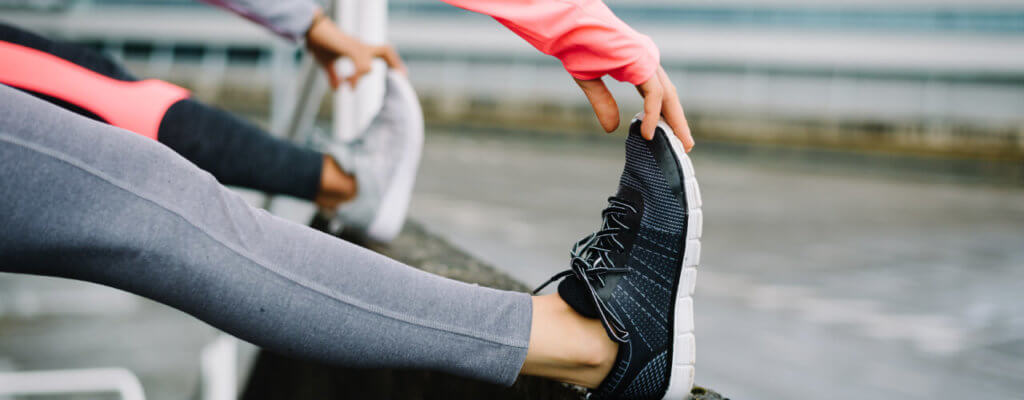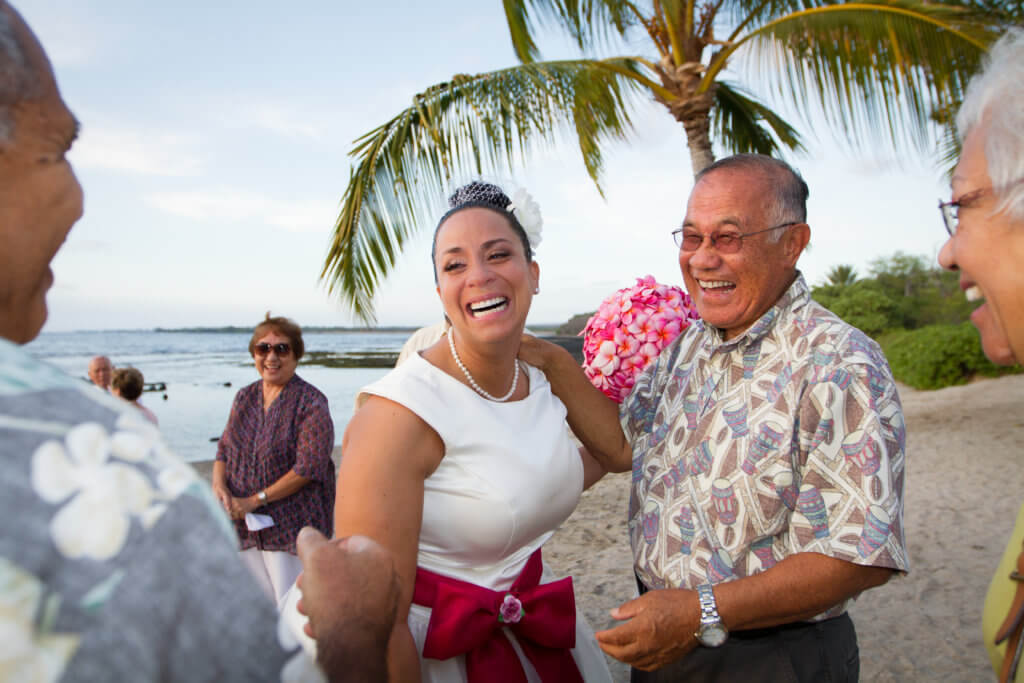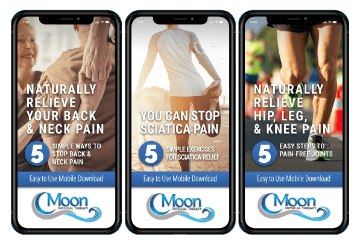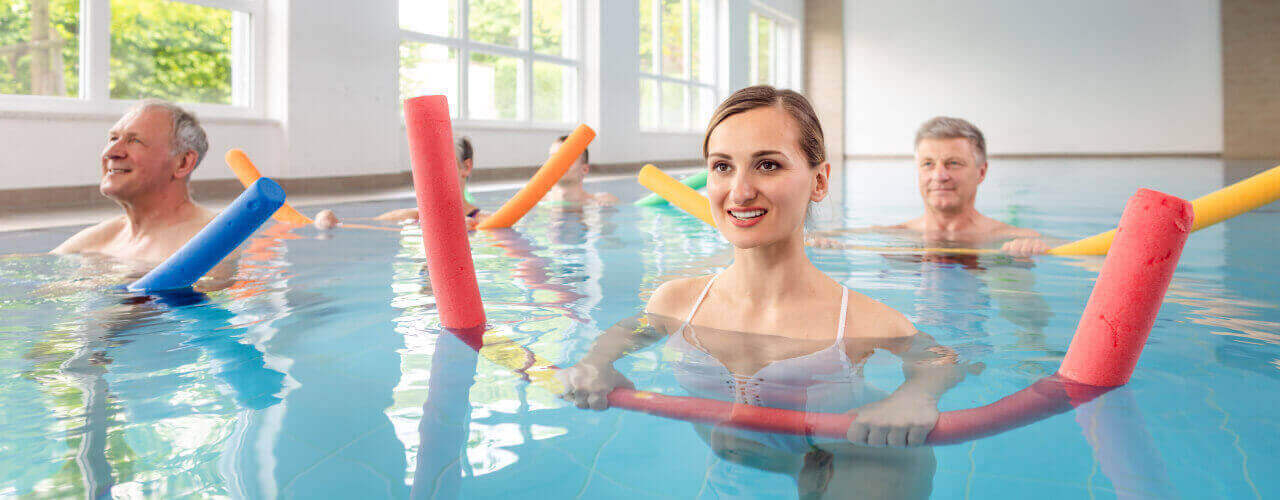The Many Benefits of Stretching Both Before and After a Workout
Exercising regularly is a great way to improve and maintain a healthy lifestyle. However, if you’re not stretching before and after your workout, you’re not really taking advantage of a complete workout routine.
According to the Mayo Clinic, “stretching can increase flexibility and improve your joints’ range of motion, helping you move more freely. And ensuring that you have equal flexibility on both sides might help protect you from injury.”
There are several specific benefits to stretching both before and after a workout – and a physical therapist can help you figure out what stretches are best for you!
How can working with a physical therapist improve my workouts?
Since stretching exercises offer so many important benefits, it’s not hard to see why we use them all the time in physical therapy.
It’s important to make sure you’re doing the right kind of stretching before and after your workouts. A physical therapist can set up an exercise routine for your specific type of workout. No matter what type of exercises you are doing, physical therapy can help you make the most of your activities.
Physical therapy can combine targeted stretches with strength-building exercises, massage therapy, ultrasound therapy, heat or cold therapy, and many other techniques to help you feel better and stay healthy.
Your physical therapist can also guide you on which types of stretches are best suited to your current physical condition and the type of activity you’re participating in. It’s also important to make sure you do the right exercises in the right way. We can make sure you are doing the right stretches for your needs and show you how to perform them safely.
To learn more about the correct techniques and stretches for the types of physical activity you are participating in, scheduling an appointment with a qualified physical therapist is a great first step.
What kinds of stretches should I consider?
There are several different types of stretches a person can do before and after a workout. It’s important to know which types are right for you and when you should use them in a workout.
- Ballistic: Ballistic stretching involves bouncing movement to push muscles beyond a normal range of motion.
- Dynamic: These are active movements that are not held but still cause muscles to stretch. These are often done to prepare your muscles for movement.
- Static: This involves holding a particular stretch for 10 to 20 seconds. This type of stretch should feel comfortable and is normally done after a workout.
Why should I stretch after exercising?
You may be tempted to go straight into relaxation mode after a workout. It’s important, however, to get in even a few minutes of stretching. There are several specific benefits of stretching after you finish your workout.
- Relaxation of the mind and body: It’s beneficial for both body and mind to gradually slow down. When you stretch after a workout you’re giving yourself the chance to gradually wind-down.
- Pain relief and injury prevention: Muscles that stay tight after a workout are more prone to injury. PT in Motion states that the right kind of stretching exercises can limit pain throughout the body. Loosening up your muscles will also reduce your chance of injury.
- Reduction of lactic acid: Lactic acid is produced when you work out. This substance can make muscles achy and tired. Stretching can help reduce the amount of lactic acid throughout your body.
Why should I stretch before exercising?
You should always start your workout with a series of stretching exercises. Stretching 5 to 10 minutes is probably enough for most activities. It’s important, however, to adequately stretch all the muscles you’ll be using. There are several specific advantages you’ll receive when adequately stretching before your workout.
- Improving overall performance: All of the above; increased blood flow, flexibility, and range of motion, will improve overall performance.
- Improving flexibility and range of motion: Correct stretching will loosen your muscles and tendons. This will increase flexibility and range of motion during your workout.
- Enhancing blood circulation: The first thing stretching can do is increase your blood flow. Increased blood flow to your muscles prepares them for strenuous activity.
Looking for more assistance? We can help!
Physical therapy can help you get the most out of your workouts and improve your overall health. Feel free to contact Moon Physical Therapy today to get started!
Sources:
- http://www.apta.org/PTinMotion/News/2015/2/10/CochraneNeckPain/
- https://www.apta.org/PTinMotion/News/2019/9/4/CPG/
Tags: Stretches, health and wellness, Healthy Tips, Workout, Workout Routine, stretching, Moon Physical Therapy, Stretch, Exercise




